Photo essay for the Special Initiative “The Mekong is Blue and Dried: Visual Storytelling of the Mekong River’s Environmental Degradation” by SEA Junction and the Samdhana
| Title: | The Mekong Delta Faces Predicament from Upstream Dams and Climate Change |
| Storyteller/Photographer: | Ly Van Loi |
| Place: | Mekong Delta, Vietnam |
| Time: | March 2017 – June 2020 |
The Mekong Delta in southern Vietnam is considered the “Rice Bowl” of the country because 80% of the rice production comes from this region, which is home to more than 20 million people. When the Mekong River reaches Vietnam, it spreads into nine branches. Local people in the Mekong Delta call it “Cửu Long” referring to it as the “River of Nine Dragons”. Being located in the lowest part of the Mekong River before it merges with the South China Sea, the Mekong Delta is in a predicament since the area is the most affected by upstream dam construction in combination with climate change. Vietnam has been ranked sixth by the Global Climate Risk Index, published by Germanwatch, among countries and territories most hit by extreme weather events in this last decade.
Currently, 13 dams on the Mekong (11 in China and 2 in Laos) have already deteriorated people’s livelihoods conditions in the Delta. Some of the contributors have now insufficient freshwater flow and a smaller number of sediments to the downstream that affect agricultural production and cause saltwater intrusion and land erosion. Such disruption to the ecosystems has made people in the Delta live a very complex and difficult situation. The dominant and important crop production, such as rice and fruit trees, have been affected by the salinity and extreme drought making the people lose their crops that need plenty of freshwaters to grow. Only few people are able to adjust their livelihoods to the current environmental changes, while most are unable to cope with such a dramatic change in their lives as it requires both integrated knowledge and financial support. Some efforts are underway such as the introduction of lotus and fish integration models to increase the population’s incomes, but they may not be sufficient to compensate for the loss of resources.
Since the upstream dams control the River’s flow and block sediments, data sharing of the dams’ operation to the downstream countries is absolutely necessary. Not only it will help the people to prepare for unseasonal water fluctuations but also enhance transparency and responsibility of the operators. Despite Vietnam facing severe impacts from the dam activities, the Vietnamese oil and gas company, VietnamPetro, became one of the joint developers of the Luang Prabang dam – the third on the Mekong in Laos that pushed ahead against concerns of neighboring countries which shared the River. The involvement of a Vietnamese company that profits from building dams on the Mekong puts the country in a compromised position to voice its people’s concerns on the impacted livelihoods.
To cope with the Mekong hydrological changes, communities have to count on their resilience and to innovativeness in adjusting their livelihoods with support of scientific research. But, it remains a question whether adaptive measures will be sufficient if degradation and dams building continues.
Photographer/Storyteller
Ly Van Loi is originally from the Mekong Delta. He earned a bachelor’s degree in Environmental Engineering and a master’s degree in Environmental Management from Can Tho University, Vietnam. He is currently pursuing a doctoral degree at the Faculty of Environment and Resource Studies at Mahidol University, Thailand.
Organizers
The Mekong is Blue and Dried: Visual Storytelling of the Mekong River’s Environmental Degradation is a special initiative of SEA Junction and its partner the Samdhana Institute to provide a platform for the creative use of visual documentation and art to advocate for environmentally and socially friendly measures for the Mekong River.
SEA Junction
SEA Junction, established under the Thai non-profit organization Foundation for Southeast Asia Studies (ForSEA), aims to foster understanding and appreciation of Southeast Asia in all its socio-cultural dimensions, from arts and lifestyles to economy and development. Conveniently located at Room 408 of the Bangkok Arts and Culture Center or BACC (across MBK, BTS National Stadium), SEA Junction facilitates public access to knowledge resources and exchanges among students, practitioners and Southeast Asia lovers. For more information see www.seajunction.org, join the Facebook group: http://www.facebook.com/groups/1693058870976440/ and follow us on twitter and Instagram @seajunction
The Samdhana Institute
Samdhana, in Sanskrit, means healing, uniting, peacemaking. It was formed in 2003 by a group of individuals, conservationists, development practitioners, constituting the first Samdhana Fellows; moved by the same commitment of ‘giving back’ what they know to the next generation; and bringing together skills, knowledge, experiences, networks, colleagues and friends; delivering maturity, strength and sustainability. For more info see www.samdhana.org.
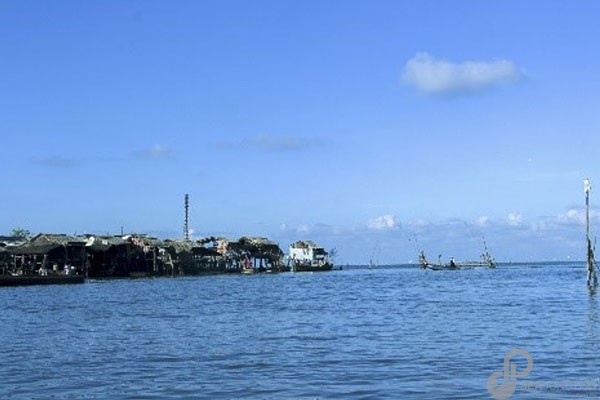
The community at Dat Mui estuary, Mekong Delta, Ca Mau Province, March 2017. (Photo by Ly Van Loi)
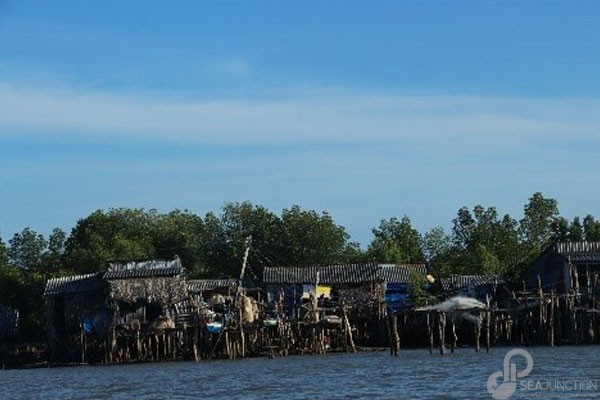
Poor community facing shoreline erosion in Ca Mau Province, March 2017. (Photo by Ly Van Loi)
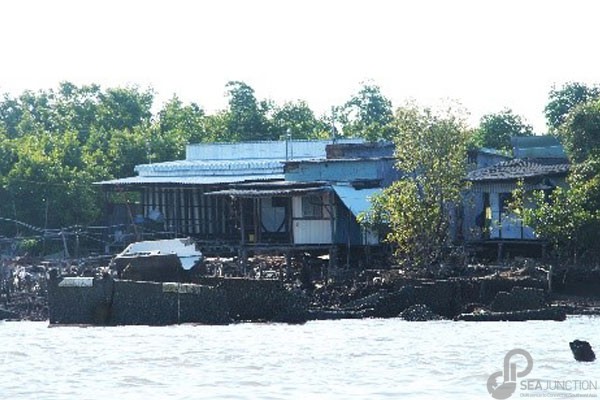
Sea water invaded to the edge of the house in Ca Mau Province, March 2017. (Photo by Ly Van Loi)
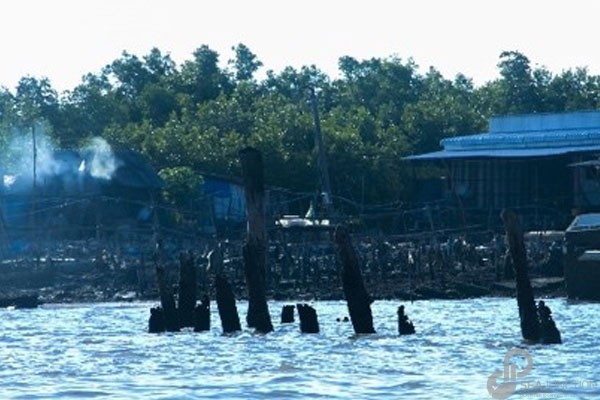
Local community used sandbags to prevent more erosion in Ca Mau Province, March 2017 (Photo by Ly Van Loi)
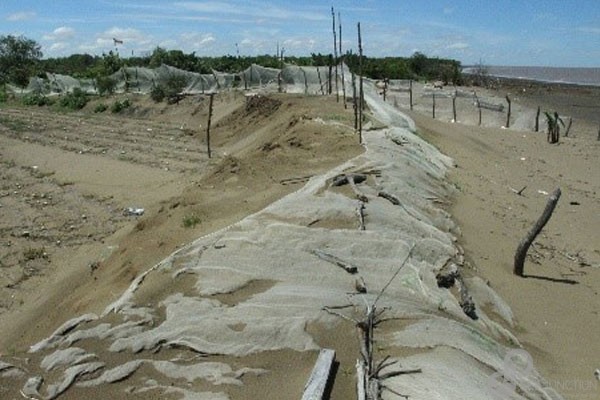
Nets to cover sand from entering cash crops of the community in Soc Trang Province, June 2018. (Photo by Ly Van Loi)
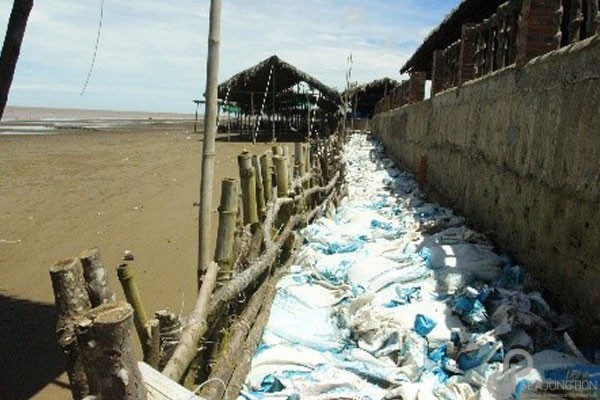
Local people use sandbags to prevent waves from the high tide in Soc Trang Province, June 2018. (Photo by Ly Van Loi)
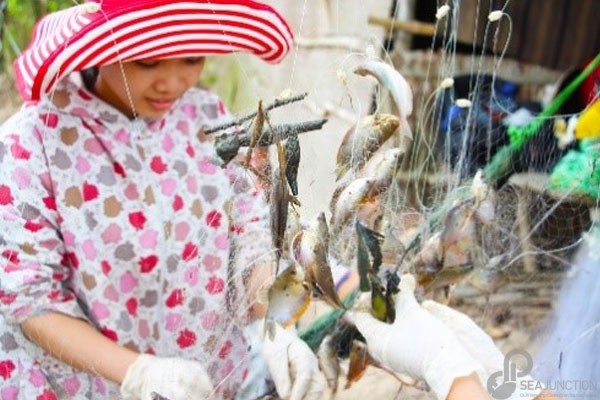
Youth group conducted research on fish and biodiversity in the Mekong Delta, June 2018. (Photo by Ly Van Loi)

Lotus plantation model is potential for water retention dealing with hydrological change in Dong Thap Province, June 2018. (Photo by Ly Van Loi)
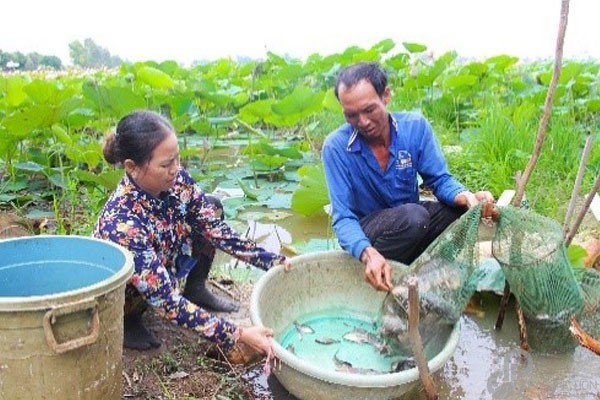
Lotus and fish integration model increases income for local people in Dong Thap Province, June 2018. (Photo by Ly Van Loi)
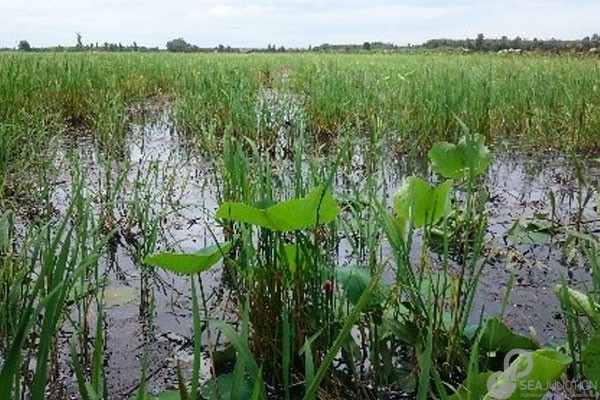
Lotus and rice integration is an alternative model of reducing agrochemical use and increasing productivity in Dong Thap Province, June 2018. (Photo by Ly Van Loi)
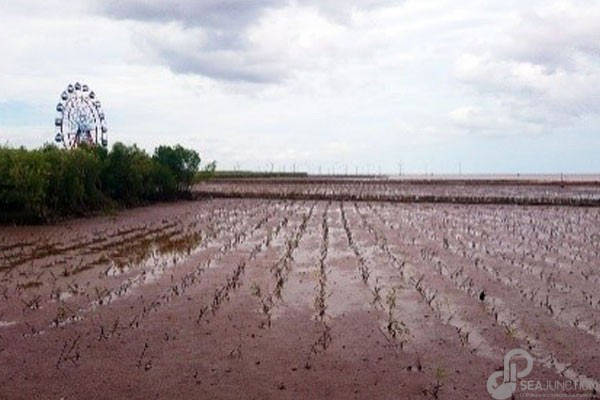
Bac Lieu Coastal area facing land erosion due to sediment reduction and use of fence to prevent the reduction, July 2018. (Photo by Ly Van Loi)
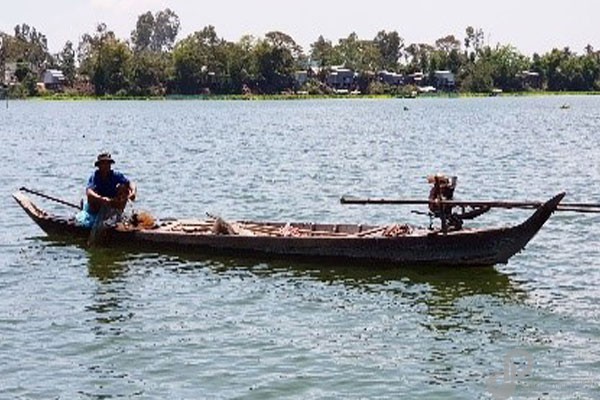
The fish reduction pushing fishermen in Bung Binh Thien Lake into a harder life situation in An Giang Province, September 2019. (Photo by Ly Van Loi)
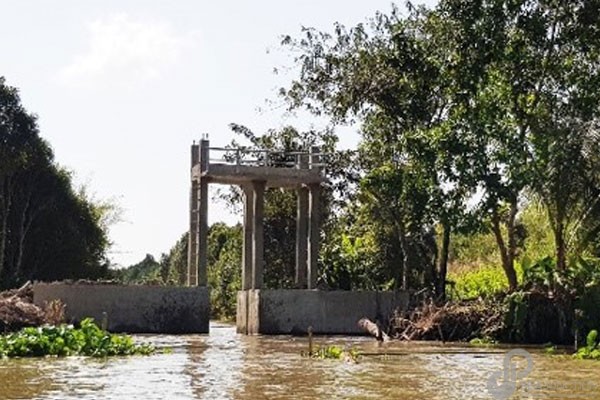
More sluice gates have been built to control unpredictable water flow in Hau Giang Province, January 2020. (Photo by Ly Van Loi)
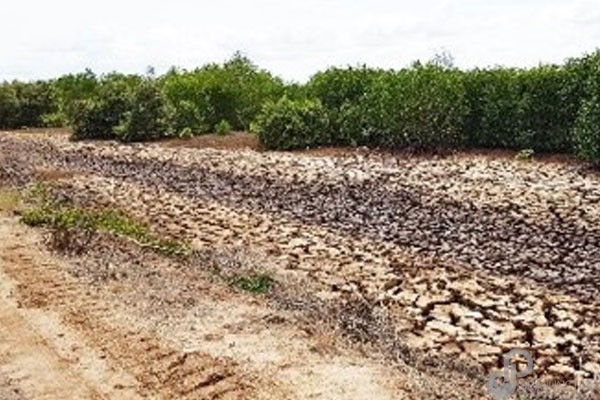
Lack of freshwater flow from upstream caused drought in mangrove forest in Soc Trang Province, June 2020. (Photo by Ly Van Loi)
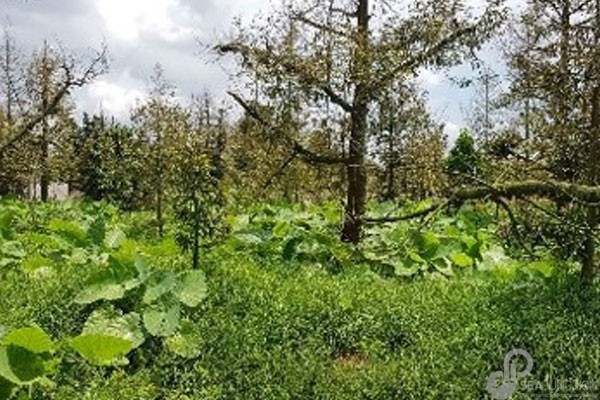
Lack of freshwater exacerbated by drought increased soil salinity causing death of durian trees in Tien Giang Province, July 2020. (Photo by Ly Van Loi)


